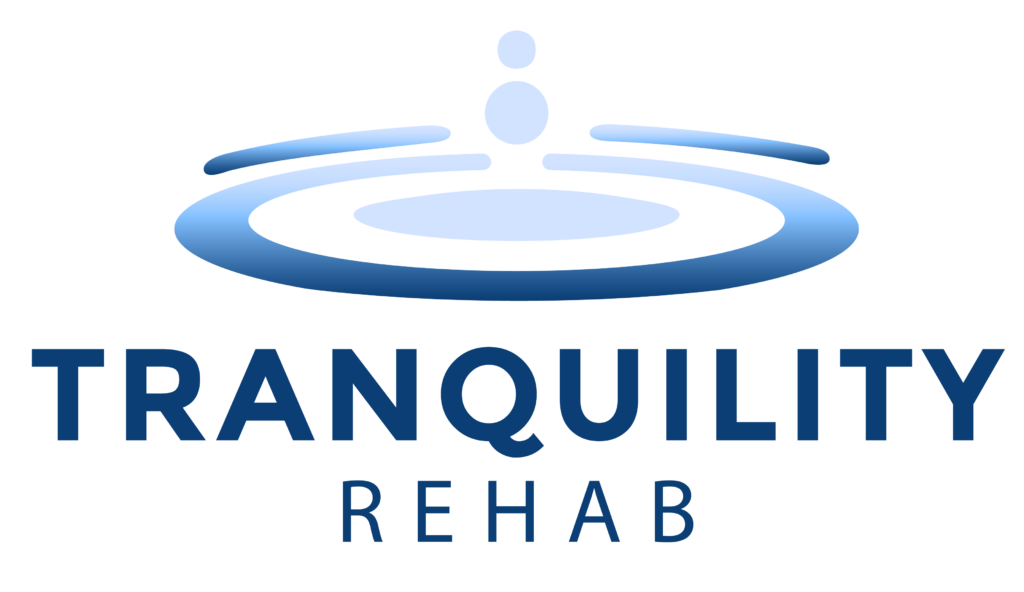Drug withdrawal is a challenging and complex process that varies significantly from person to person. It occurs when an individual reduces or stops using a substance they’ve developed a dependency on. According to statistics, 70% of users who try illegal drugs before age 13 are more likely to develop a substance use disorder within the next 7 years. Understanding the duration of withdrawal can help individuals and their loved ones prepare for the journey toward recovery. At Tranquility Rehab, we provide comprehensive support to help you navigate this difficult but transformative process.
What is Drug Withdrawal?
Drug withdrawal refers to the physical and psychological symptoms that arise when a person who has been dependent on a substance stops using it or significantly reduces their intake. These symptoms occur because the body has adapted to the presence of the drug, and removing it disrupts the body’s equilibrium.
Withdrawal symptoms can range from mild to severe, depending on factors such as the type of drug, duration of use, and individual health conditions. Common symptoms include anxiety, nausea, sweating, insomnia, muscle aches, and intense cravings.
5 Factors That Affect Withdrawal Duration
The length and intensity of withdrawal depend on several factors:
- Type of Drug: Different substances produce withdrawal symptoms of varying severity and duration. For example, heroin and other opioids often cause intense withdrawal symptoms, while withdrawal from marijuana may be milder.
- Duration of Use: The longer a person has been using a substance, the more likely they are to experience prolonged withdrawal symptoms.
- Dosage and Method of Use: Higher doses and methods like smoking or injecting can lead to more severe withdrawal symptoms.
- Individual Health: Age, overall health, and the presence of co-occurring mental health conditions can impact the withdrawal process.
- Polysubstance Use: Using multiple substances simultaneously can complicate withdrawal timelines.
Withdrawal Timelines for Common Substances
While withdrawal timelines vary for each person, understanding the general timelines for common substances can provide insight into what to expect.
Alcohol
Alcohol withdrawal can be life-threatening in severe cases, making medical supervision essential. Symptoms typically follow this timeline:
- 6-12 Hours: Anxiety, headaches, and nausea begin.
- 24-48 Hours: Symptoms escalate, including tremors and increased heart rate. Seizures may occur.
- 48-72 Hours: Delirium tremens (DTs) may develop, causing confusion and severe autonomic instability.
- 4-7 Days: Symptoms gradually subside, though lingering anxiety or insomnia may persist.
Opioids (Heroin, Prescription Painkillers)
Opioid withdrawal is often intensely uncomfortable but typically not life-threatening:
- 6-12 Hours: Early symptoms include agitation and sweating.
- 1-3 Days: Symptoms peak, with nausea, vomiting, and severe cravings.
- 5-10 Days: Acute symptoms subside, though anxiety and depression may persist.
- Weeks to Months: Post-acute withdrawal syndrome (PAWS) can cause ongoing psychological challenges.
Stimulants (Cocaine, Methamphetamine)
Stimulant withdrawal primarily involves psychological symptoms rather than physical ones:
- 24-48 Hours: Fatigue, depression, and increased appetite set in.
- 3-7 Days: Symptoms peak, with intense cravings and mood swings.
- 1-2 Weeks: Symptoms begin to subside, though prolonged depression may occur.
Benzodiazepines
Benzodiazepine withdrawal can be dangerous, particularly if the drug is stopped abruptly:
- 1-4 Days: Initial symptoms include anxiety and insomnia.
- 5-14 Days: Symptoms peak, with heightened anxiety and, in severe cases, seizures.
- Weeks to Months: Symptoms gradually subside, but protracted withdrawal can last for months.
Marijuana
Marijuana withdrawal is typically mild but can still cause discomfort:
- 1-3 Days: Irritability and decreased appetite begin.
- 4-7 Days: Symptoms peak, with increased anxiety and cravings.
- 1-2 Weeks: Symptoms gradually subside, though sleep disturbances may persist.
Post-Acute Withdrawal Syndrome (PAWS)
Some individuals experience prolonged withdrawal symptoms known as post-acute withdrawal syndrome (PAWS). These symptoms are primarily psychological and may include mood swings, difficulty concentrating, and cravings. PAWS can last for weeks, months, or even years, depending on the substance and individual circumstances.
Managing Withdrawal Symptoms
Withdrawal can be daunting, but proper support can make the process more manageable. At Tranquility Rehab, we offer:
Medical Detox: Our team provides 24/7 monitoring to ensure safety during withdrawal.
Medication-Assisted Treatment (MAT): Medications like methadone or buprenorphine can ease opioid withdrawal symptoms.
Therapeutic Support: Counseling and therapy help address the psychological challenges of withdrawal.
Why Professional Help Matters
Attempting to detox at home can be dangerous, especially for substances like alcohol and benzodiazepines. Professional treatment provides a safe and controlled environment, medical interventions, and emotional support.
Moving Forward: Recovery After Withdrawal
Withdrawal is just the first step in the recovery process. Comprehensive treatment includes structured programs, therapy, peer support, and lifestyle changes to support long-term recovery.
Withdrawal is a difficult but necessary step on the path to recovery. Understanding the timeline and symptoms can help individuals prepare for the process and seek the appropriate support. At Tranquility Rehab, we’re here to guide you every step of the way, providing compassionate care and evidence-based treatment tailored to your needs.If you’re ready to take the first step toward a healthier, drug-free life, contact us today. Our dedicated team is here to support you on your journey to recovery.


